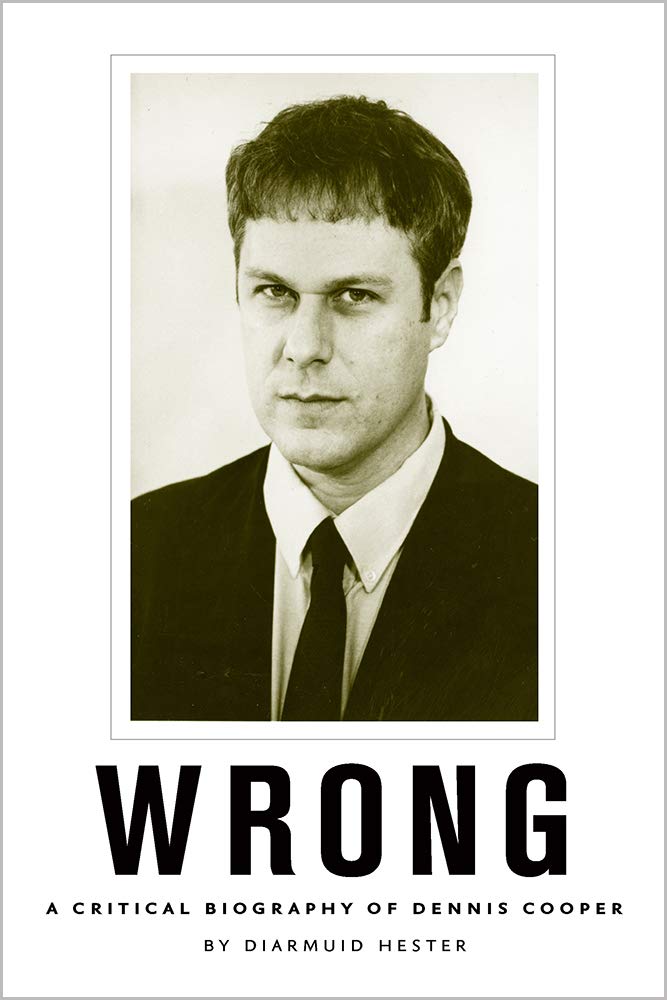________________
r0ttingc0rpse, 18
I have credible information that necrolord has leaked a morgue sex video on the dark web of this Polish teenager dead and getting fucked by two guys. Pix r from his escort profile since deleted.
Does anyone have a connection?
Comments
spunk_not_dead – December 24, 2021
I’m going to delete my history now.
spunk_not_dead – December 20, 2021
omg I’m in love.
spunk_not_dead – December 18, 2021
He looks fresher at the beginning but by the end you really notice the lividity.
spunk_not_dead – December 18, 2021
He is very dead in the video.
spunk_not_dead – December 18, 2021
Silentwhisper on goregish has the link.
spunk_not_dead – December 18, 2021
He overdosed if your conscience needs assuaging.
spunk_not_dead – December 18, 2021
He was traveling in Europe, got only as far as Croatia.




__________________
Just_Me_but_not, 21
Okay first of all if you ask me what am I doing here is a good question.
I mean just want to write without a goal or ulterior motive.
And I wouldn’t even talk about myself on a date because I always have to fake emotions.
I don’t feel any more emotions or pain.
Just emptiness.
I really just want my feelings back because I don’t feel anything.
And yes, I have no sexual experience, I never showed any interest in it.
The only thing that still gives me pleasure is to see others happy.
No matter how difficult or exhausting it is, I do everything to make others happy, no matter what.
I know that sounds weird but I cling to any spark of emotion or happiness.
Comments
Ryanchesters – December 15, 2021
Don’t take him to theatre, concerts, opera, museums, church, any events, etc. They are way over his head and will bore him to death.
jordan654 – December 11, 2021
Small and thin penis, in my opinion.
MaximumPunishment – December 7, 2021
My view of him is that he is a worthless ant whose only purpose is to be on on knees serving and worshipping. When he dies he will be worshipping and kneeling before God. In the meantime he should be serving a Master on earth, the bible says that slaves should obey their earthly masters as they would their master in heaven. I believe he was born to be a slave, God has given me many signs of this over and over in the hour I was with him.
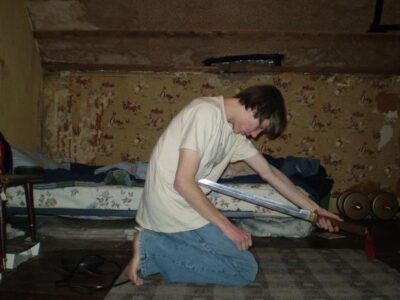

__________________
takeandkeep, 19
Lately been fantasizing about how nice it would be to disappear “for a while”
Comments
dcguy00 – December 19, 2021
DISAPPEARED as of 12/18/21, 4:27PM
NocturnalFrequencies – December 7, 2021
Highly Suggestible. Words.
takeandkeep (Owner) – December 2, 2021
I only made this account to piss off someone I am in a relationship with.


_________________
TwinkAnimal, 19
Hi Sir I want to thank you for reading this and will tell you where I am in the kink scene.
I’ve never liked being human so when I was 15 I became a dog and now have multiple animal sides all behaving as close as possible, it’s difficult to explain but to sum it up I like being an animal 😅.
My dog side is identical to a dog, walk on all fours and bark or whimper, this also includes bowls, a dog bed, collars and muzzles etc.
And yes I do love getting knotted 🐕 Yes, I do mean by real dogs. Often a few at once. I put some pup mitts on me and a hood and let them go to town! 😈
Happy to chat and if things work out we could tailor something to work for the both of us, I can be a pig, cow, dog, goat or whatever works out 😅
Comments
Armpit1maniac1 – December 6, 2021
I live for armpits
Bust_McNutty – December 6, 2021
As for me I can’t imagine a scenario irl where “oh hey babe, I was driving home today when I had this awesome idea of pouring molten metal into your asshole” becomes normal between two people.
rapemeat-cocksleeve – December 6, 2021
yes! it’s a long story, but i met such an amazing boy through here. i thought my username would make that impossible, but it was quite fitting.
cutetoilet (Owner) – December 6, 2021
I know it’s a weird question, definitely on a fucked up site like this, but has anyone found love here?



__________________
HypnoSlave, 21
On the way between Leipzig and Hamburg.
Comments
HypnoSlave (Owner) – December 19, 2021
Update- ATM I love being flamboyant and wearing f*ggy clothing, I’ve thrown out my current wardrobe and replaced it with totally flamboyant things.
HypnoSlave (Owner) – December 12, 2021
Update- ATM I am a public urinal with a pretty face.
HypnoSlave (Owner) – December 3, 2021
ATM my identity is that of someone who wears diapers and babyish clothing, is incontinent and unable to sleep without a teddy bear.
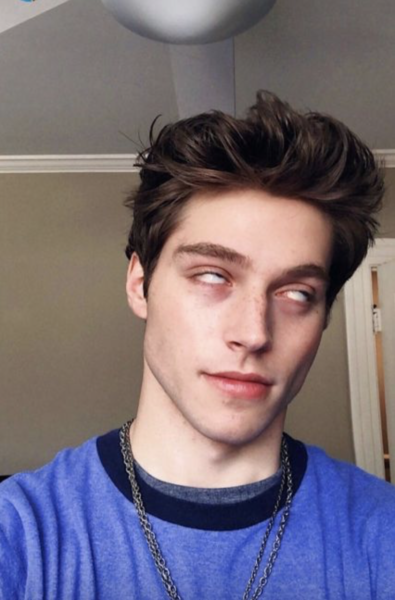


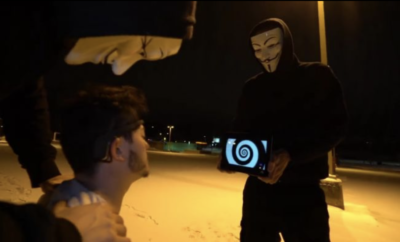
_____________
funnystory, 22
He who holds the soap holds the key.
I’m a young flight attendant who is especially fond of mouthsoaping. From a jock in yellow kitchen gloves holding a bottle of Palmolive and a sponge, to a daddy in leather gloves holding a bar of Irish Spring, I love it all. What is your preferred method for washing a mouth out with soap?
I don’t mind if your bf, gf, next door neighbour or whoever is there.
Comments
MasterofAll909 – December 8, 2021
I’m Joe
I’m a professional Dominant Master with 12 years experience
I’m into every type of kink in existence
Except yours


_____________
evilevan, 22
I’m evan I’m an evil guy looking for a sadistic psycho to help hurt my boyfriend. Message me if interested It’s been hell.
Comments
evilevan (Owner) – December 9, 2021
I don’t know what’s the matter. I just want to be loved or something.
TherapistRoleplay – December 9, 2021
Ever fantasised about putting yourself in the care of a therapist, only to have them abuse that trust? Lay back on the couch, talk to me about your problems, as I try to coerce you into sexual scenes that I assure you are there to help with your inner conflict.
Issues and problems are a natural part of life and through personal counselling and psychotherapy I support people in improving their emotional wellbeing, breaking old habits and introducing new coping strategies, developing new skills to make successful life changes. But mainly I just want to make you talk about your filthiest fantasies, and see what I can talk you into doing, all in the name of ‘therapy’.
I can help you with issues including but not limited to:
Depression
Anxiety
Stress
Personal Development
Relationship Issues
Emotional Abuse
Sexual fantasies
Phobias
In your message please briefly outline the issues you would like to cover in your session, as well as any hard limits that must be adhered to.

_____________
Ibowdowntoyou, 19
My name is Sam; I’m 19. I have all kinds of health problems and need 24/7 care so I am looking for a kinky P.A – someone that would fuck me whilst they are on shift (it’s a win win situation)
I have always wanted to get fucked. I get a boner every time I think about it.
Comments
Ibowdowntoyou (Owner) – December 14, 2021
I’m also a crochet enthusiast. Taught myself tunisian crochet this year. Working on my first blanket. I love it but it takes forever!
Ibowdowntoyou (Owner) – December 14, 2021
I cant control my own asshole and privates.
Ibowdowntoyou (Owner) – December 13, 2021
I believe I was meant to be a scientist but just never made it there.

_____________
mykal3, 22
Yesterday Russian fashion model Nikolay Gubenko was found dead hanged on a tree in a park in Kaliningrad. Police believe he killed himself. People taking a walk in the park found the body.
He was only 22 but standing at over 190 cm tall with a super lean body he was a top model and frequently appeared in fashion magazines in Russia and Europe.
Nikolai has been taken to the forensic morgue in Kaliningrad for a full autopsy today. If you’re in Kaliningrad you might want to get over there. And take some photos!
Comments
PERVbitch – December 19, 2021
There are some morgue photos of him floating around out there, and all I can say is beauty never dies.
yeahimtrashuwu – December 18, 2021
God why did i join this site i regret every life decision I’ve ever made god help us
TechGuyWM – December 18, 2021
He had four sugardaddies, that was the problem.
FATcigarCHUB – December 18, 2021
Nikolay’s sugardaddy was one of Putin’s Kremlin henchmen. Coincidence?
TechGuyWM – December 18, 2021
This happened in 2012 btw
gibing – December 18, 2021
agreed
Deathdude – December 18, 2021
Still boyfriend material. Until he started to stink.





https://www.youtube.com/watch?v=7u7xjHpUvdo
_____________
j-132, 19
For reasons that are my own and will remain my own I need a very wealthy man of high social stature to take me in as a ward or son or whatever the hell and pay for all of my expenses and get paid back by having sex with me in any form or style you wish as much and often as you want. I am uninhibited without the use of drugs.
Comments
Manum321 – December 20, 2021
Hi!!! I am here to dispose of you.
j-132 (Owner) – December 11, 2021
I am most likely smarter than you and if it’s the case, I’ll know it in a few minutes. In the rare case I figure out you are smarter than me, well I’m fucked.
j-132 (Owner) – December 10, 2021
One thing about me is I do NOT play with safewords but don’t worry, I’m a psychology major.
j-132 (Owner) – December 7, 2021
No poppers. If you feel lost without them, huff on my underwear, I think they’ll get you high.



______________
Bikedeliveryboy, 23
Deliver food to you then serve while you relax.
Comments
railmehardpls (Owner) – December 8, 2021
GRANDPAS WILL GET A HEART ATTACK WHILE FUCKING ME



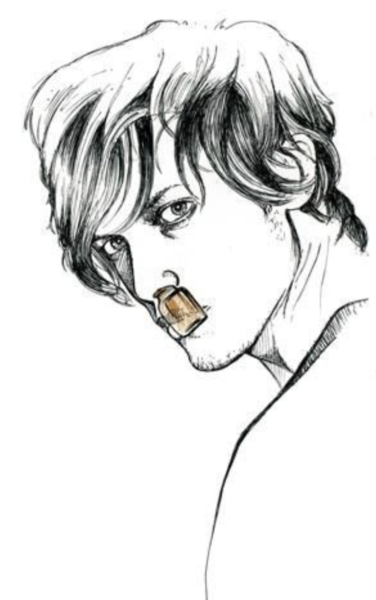
______________
BanishedCrystal, 24
Former Boynapped performer Calvin Croft will be auctioned online to the highest bidder by his current owner on December 27, 2021 at a location to be revealed on December 21. This is for full ownership and sequestration with maximum security only. No baggage, no limits. What you’ve seen in his videos is the tip of what you deserve. Serious and qualified bidders can state their interest in participating by submitting appropriate vetting materials and their starting bids (in the mid-five figures is recommended) by return message.
Comments
BrandingMaster – December 14, 2021
I am Sheikh Hamdan bin Mohammed bin Rashid Al Makt. Sell him to me or I’ll brand you in your face.
Muscleoval7 – December 1, 2021
Mid-five figures seems like an awfully high starting bid for a used up piece of garbage like Croft.




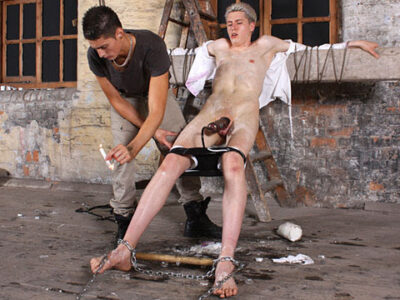
________________
Arnie, 19
I’m straight, looking for the answer to the question of why I am better with men than women.
I’m not vaccinated.
I’m not averse to be being paid a lot of money for it.
Arrive.
Comments
Arnie (Owner) – December 9, 2021
I’m leaving and won’t come back here!
but I really liked you!
DingDong – December 4, 2021
He can handle it if you’re ok with him lying facedown, limp dicked, with his eyes averted.
blackbeansauce – December 4, 2021
I think he genuinely thought he could handle having sex with older men but he can’t.



_______________
Fattenmehardcore, 18
I’ve been into the idea of gaining tons of weight for a while but I’ve been holding out until I have a feeder to share the journey with.
Ideally I could meet someone on here who likes making people obese.
I’m 5’4” and my minimum goal is 300lbs, but I’m definitely open to gaining much more after that!
Comments
Fattenmehardcore (Owner) – December 11, 2021
I live with my dad but he knows about it so no worries about having a big bald guy answer the door.


_______________
yessiriswhatisay, 20
I’m wondering if anyone would hammer a huge nail into my chest?
Would be really interested in being contacted by an owner who has already hammered a nail into someone’s chest and has a photo of of that. Then it would be clear that this is not fantasy.
Comments
powerguy – December 12, 2021
If you’re sane and just want to fuck him he escorts on GayRomeo under the name DiscountHole.
Kuro00 – December 9, 2021
I looked at this profile with my hand on my cock, but after reading the comments I’ve put the hand on my conscience to think.
69troaway – December 6, 2021
If it was mid projection it would probably shoot out of the tip, dribbling out of the back of the tip, and the second pump of cum would be coming out of the gaping wound.
Anonymous – December 6, 2021
what are you saying, like they got bluetooth cum or something?
SignificanceLonely58 – December 6, 2021
curious: if someone is cumming, and u chop their dick off, do they come from their penis tip or from the place where their dick is chopped?
Cntlvr – December 4, 2021
You have a beautiful chest… one or two good swings with the hammer should do it.


_______________
Ruinmythroat, 19
Use my mouth and throat. Gag me. I gag easily. Make me throw up and piss myself. Ruin it. Just a hole to fuck and do what u like with. Dildos down my throat, snake dildos. What ever… just a fag, just a throat, just a hole.
I am so excited.
Comments
Parklawn – December 6, 2021
Nyah nyah nyah nyah!

Parklawn – December 3, 2021
Please help me my cock runs my life
Anonymous – December 3, 2021
Parklawn just went through a rough divorce n his wife lies.
Parklawn – December 3, 2021
Let’s get off this stupid site and have some bro time



_______________
Toetagboy20, 20
I’ve had a wish that seemed like it could never come true. This seems to be the only hope that I have. I’m seeking a mortician, age doesn’t bother me, to strip my dead young body and put a tag around my toe. After this I want to be autopsied on a table with my penis being exposed. I’m all a bit new to this so please bare with me guys lol. I want this to take a few hours and lots of details added. I want to lie on a table in the morgue with my tag tightly tie around my big toe. Hope to see some reply’s thanks.
Comments
Toetagboy20 (Owner) – December 10, 2021
And my feet?
gm1967 – December 10, 2021
I would finish cutting your chest open and then saw open your rib cage ……. start pulling your guts out of your dead body and place them on your cold floppy penis.
Toetagboy20 (Owner) – December 10, 2021
I’m lying on the cold autopsy table, the mortician removes my pants to expose my cold floppy penis then he moves onto remove my ankle socks my dead bare feet are out! He proceeds to attach a tag round my big toe. I can feel him tying it so tight to my toe shortly after I feel the scalpel drag down my chest over my nipples… tell me how you’d finish?
BiManHoleLicker – December 7, 2021
I’m a huge fan of Cole! I vouch for him. So hot, and death will only perfect him. Would make his mortican very happy and excited.
The6ixx – December 7, 2021
My boy Cole! he has played dead for me many times! BUT – whats truly amazing about Cole is – he can play dead and I can fuck him, choke him, slap him, even fist him – and he just lies there dead and has no reaction at all.. probably the closest I will ever get to fucking a true dead person!!!




_______________
InMemoryOfRicko, 21
It was 2016 when I first met you thru the post office. You had answered an ad. Master Ricko (Ricky) P. was the name, Philly was the place. You were an architect, and I was so fascinated at the portrait you drew of me at the time. I was only 16 at the time, grew up in small town. I remember some, your friends Snake and Gary, but others have faded over the years. I remember your first, Tony who died in an motorcycle accident, when you confided in me to tell me, and how terrible you felt. I was a very shy kid, though you would not know it today. I was taken advantage of by several different men when I was an adolescent. I was very recluse growing up.
I fell hard when we met. I thought you were the one, but then things just progressed and never went anywhere. I used my real name, told you real thoughts, really confided in you. Your name however, still remains a total mystery. I search it, I know you had Leather titles, but never find anything, but though some I am not sure of so I search more. I remember I wrote to 18th street, with a zip of 19148, and I visited there to leave you a ring I worked hard to get you, and left it at the door, but you just sent it back to me.
Today, occasionally, I think or dream of you even 5 years later, even last week, it seemed so real. Sometimes, I get so lost in searching again thru records, but have not found anything. Just a hint from the Bike Stop, Leather/Motorcycle club, or an old photo of you, but nothing. I leave my Facebook page open to everyone, if case you ever want to write me, it is listed under my hometown of which you know.
Today, I have had many challenges. I found out I had a heart condition from birth, and have had a pacemaker since April, I am due for another replacement shortly, as my first one has kept me alive for the past 8 months, and I am hoping a second will for many many more. This condition has left me weak but I go on. But I may not get to say all the things I want to say, so I wanted to say some of them now.
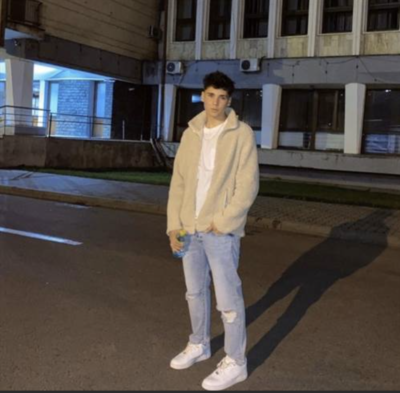
____________
meetrightnow123456NOW!!!!, 18
no siblings, no friends, just my mum
i work but recently got layed off
i’m neurodivergent and chronicly ill desperately trying to not be living with my mum
y’know the drill
Comments
SilentSwordman – December 20, 2021
Once he’s tied up, dangle him from the ceiling and flap his junk around.
xer_jump – December 16, 2021
I’d be happy to. If you accidentally died, would you allow me to fuck your butthole while you have a plastic bag over your head? I would put you facedown.
boy2torment (Owner) – December 15, 2021
i’ve been getting really into self hanging. it has gotten a little serious. would be good to have some partner with me when i do it to keep an eye on me.

____________
JOSHdavistheslut, 21
I AM LOOKING FOR HOSPITALS IN THE AREA
I am only looking for what is written above, different proposals DO NOT INTEREST ME
I have small and dead cock
After one terrible experience after another, I am hoping that there is a doctor I don’t repulse
I do with spots and a whole lot of space stuff
Add me on snap
Comments
InitialD – December 8, 2021
Don’t look at my comment.
Now do 50 times push ups because you are not obey me you dirty slut!!!
JOSHdavistheslut (Owner) – December 5, 2021
I’m hungry. Who wants to take me to the restaurant?


______________
lukas17yocutme, 18
Pimply 17 year old here, looking for someone to come, rape, tie me down, and cut my sac open reach in and pull out my nuts and remove them and the sac however they want. Nice and slow. Anyone?
Comments
lukas17yocutme (Owner) – December 20, 2021
I’m up for having them crushed and watching the mush fall out at the end
kr424791 – December 20, 2021
I’d enjoy castrating you. But rather than cut them out, I’d torture your cock and balls, let it drag out and be as painful as possible, until eventually I end up destroying them completely. When your sac is cut open, all that’s left is a pile of mushy remains to fall out.
lukas17yocutme (Owner) – December 16, 2021
Id enjoy it caleb. Im willing.
caleb – December 16, 2021
I would put my mouth to your open sac and suck a nut into my mouth, pull it out as far as possible, sever the cord with my teeth, and enjoy chewing your nut. Then I would suck the second ball into my mouth, pull it out, but this time, chew while still attached. Pure ecstasy for me. Hideous pain for you.
attudepica – December 16, 2021
Best sensations are not when you are forced but when you stay whitespred legs and enjoy every cut and all sprought of blood . Of course you kiss your cutter when he cut a vein or a resistant fiber


______________
Slavest, 21
I’m nothing important
I have no feelings or emotions
Destroy my ass
Drop a shit in my mouth
Drain my 🩸
Are your slaves good?
Who cares.. I’m Slavest
Wish me luck
Comments
Slavest (Owner) – December 17, 2021
The ironic thing about me is that I major in human rights
Slavest (Owner) – December 9, 2021
I am Bi and i am quite pushy with girls
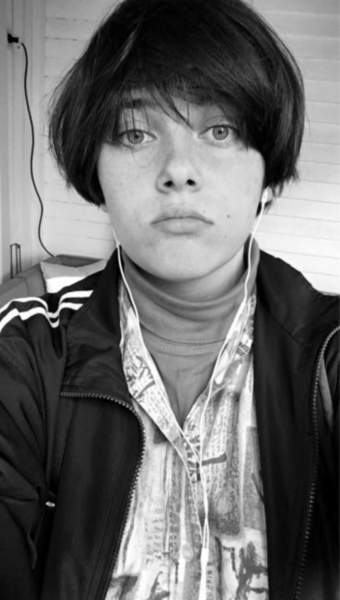

________________
Slaves4Sale, 21
My name is Master Leonard. I am a Theistic Satanist and owner of sub slaves. I run a slave farm in Texas. A few years ago I started helping Masters like myself find their ideal slaves. I know how tedious the process can be and have elected myself to bridge a gap between slaves and Masters. Here are the current slaves that I have available.
Slave Lobo for sale. 21, blond, ftm, Dallas, speaks French, willing to relocate within the US to be owned permanently as a near-limitless live-in sex slave. Its two cunts are perfect for snacking and fisting and it desires to be owned as a prostitute/whore for all men.

Slave Thomas. 20, white, Nevada, relocatable August 2021. Rather metallic/punk style but can also put on makeup skirt lingerie as he is aware he’s effeminate. Can care of men with his ass for a very long time but also knows how to satisfy women. Be somewhat near his age.
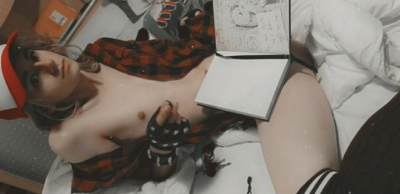

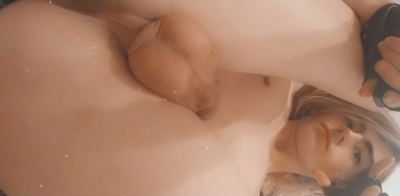
Slave Nick. 19, located in Milan, Italy. Zero limits, devout Satanist. Its holes are open for anything and everything. His mind goes from normal to extreme self-destructive piggy within seconds (even worse when you give him poppers). Ready to find a final master


Slave Rick. Age 18, looks younger, UK, long petty criminal record, combative. Recently lost his previous master in a car wreck. Stuck fetish (eg, having his feet stuck in tar, cement, quicksand, glue, etc) No limits, seeking indefinite maximum security sex slavery.



Comments
Slave_Thomas – December 22, 2021
I have changed my mind and I have left the slave farm … They do not help anyone is a lie, Master Leonard is a drunk, it is a group of anarchist and communists and ayatollahs politicized by the left who do not seek more than their financing and receive a lot of money … It is a sect that takes advantage of the despair and the pain of homosexuals like me … Therefore goodbye even though I am about to jump out the window.
Bones29 – December 11, 2021
Hi Deathangel, that’s james elliott otherwise known as jejames. He went insane. in 2018 he was put on the front page of his local newspaper as he was caught masturbating fully naked in a public park while also having sex with a blow up doll in public and uploading the video on the net. and it got worse. Just google the name ‘jejames porn’. He’s dead. i think he jumped off a bridge.
Deathangel – December 9, 2021
Hi all , i’m looking for semoine who was in this site but he deleted his account , this is the only this i found for him , does any one know him or does he still alive ?

uncutbear4fun – December 7, 2021
hello everyone, ive have fantasy about torture a muscle guys dick since i was a kid.And as i grow up,this desire also grow stronger and stronger. i like extremely penis band, stuff nasty things in the peehole, scorch shaft with blowtorch, nothing gets me harder than look at a muscle guy’s dick getting ruined and cut off plus cooking all of it for dinner. anyone here have the same interest and like to chip in w/ me to buy slave nick becaus he is too expensive!
Hotwheelz – December 5, 2021
I purchased Slave Rick. He is now in South Florida. I am converting his life from soccer, skiing and Gatorade into diapers, pacifiers and juice. I am deciding his new favourite foods, movies and hobbies as well as reorganising his entire wardrobe and training him to adopt new infantile mannerisms.
_______________
boyfromfuture, 18
Looking for an arrogant, self assured, confident, fit looking alpha male 30+ to take the piss out of me. This scenario to take place at my parents’ home and will include Matthew, 24 year old lad who will be completing some carpentry/handyman work for my parents at a date to be confirmed. I’ll be dressed like a total dickhead, (further info provided if you decide to get in touch). To state the obvious, there is no sex involved, however, I can’t speak for Matthew although I have no reason to think he’s bi/gay.



_______________
I_problem_, 22
Master Rich! Letting you know you and I are both okay. Sorry I blew up on you. <3
Gotta let you know what happened. I had a stalker/hacker on Facebook. Just want to let you know everything okay now. Still a psychic as a job. Had some weird woman from my old work messing with me at one point before i met you. Weird data file tracer on my facebook recently before I met you. Was thinking I was being tested by you or your other slaves. That’s what I was picking up on off the energy. Somebody was using your pic Master Rich on Grindr and messaging me a phone number from michigan.
Comments
beastslave – December 17, 2021
One time I allowed Master Rich’s beautiful ass to smother my face. I cracked a molar in half given the vacuum pressure between my face and his ass. I wear my crown with pride.

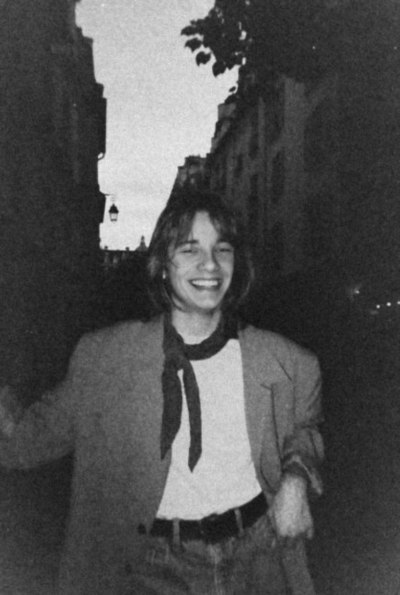

______________
LilBlackRag, 21
So. I don’t care how big your dick is or how round your ass 🤮
whore doesn’t care I won’t care even if you care
Like we know each other ?!
This hysterical cunt should be avoided from afar …
Nausea when I cum and I don’t cum again within 5 minutes what’s wrong …
Also, I hate when they want to rape my phone number …
I know how sick you are .. 😊
Comments
Anonymous – December 21, 2021
Beautiful cheeks, sparkling in the light of an LED bar
LilBlackRag (Owner) – December 18, 2021
Never again will be able to smell intellectuals in Berlin
I’ll never be able to associate hot sex with Berlin again
Never again will be able to associate Berlin with attractive fagots
After three months looking for an easy-to-find substance in Berlin, I haven’t found a dealer
Dead city, heaps of shit by the Spree, I’m fine if I never see you again
miloblush – December 15, 2021
You’re shit, you completely stupid asshole…. Fuck yourself idiot !!!! 🤮🤮🤮🤮

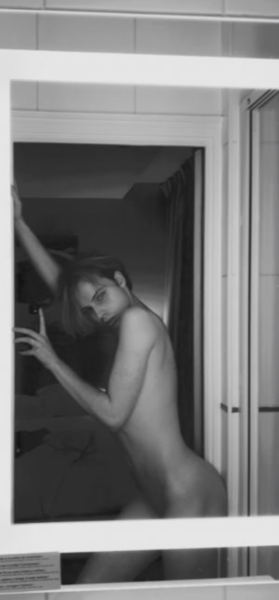
______________
KnockedOutLover, 23
For fans of sleeping Asian boys: I am dead to the world! :drool: Can’t host, on dL: I have woman
Comments
nico – December 3, 2021
That`s so rudeee!!!!!!! I`m Asian and i hate your guys desecrate us!!!! ☠️
KnockedOutLover (Owner) – December 2, 2021
The reason we’re easier to get drunk is because of our slim bodies. Alcohol travel faster through our bodies. However Asians have easy access to a tasteless odorless drug called GHB and that stuff will KO anyone.
necrophi – December 2, 2021
are asians especially easy to get drugged? why are there so many of you?



*
p.s. Hey. ** David, Hi. You could write by hand and get one of your fans to transcribe it? One thinks you would remember had you gotten off with Hawking. But one’s memory isn’t yours. Enjoy London’s refresh. Me, tonight? Nada, buddy. Nothing at all. Zip. ** David Ehrenstein, Yes, the impact of the Soviet Futurists is there for sure. ** Dominik, Hi!!! Wait, I’ve been thinking everything in SCAB was secretly a metaphor for birds and flowers. It’s not? Oh my god! I have to rethink everything thatI thought about SCAB now. Ha ha. My thought exactly about yesterday’s love. ‘Get on your knees and hold still, love!’ Love impersonating the one doctor who JOSHdavistheslut doesn’t repulse, G. ** _Black_Acrylic, Happy his stuff struck a nerve, man. Are you doing anything to mark the occasion tonight? ** Dom Lyne, Hi, Dom, good to see you. My Xmas was a big fat nothing. Just the way Like it, ha ha. Okay, your 2021 is ending with a bang. Holy shit, how very, very strange. Jesus, man, that’s seriously nuts. One of my brothers thinks aliens are going to teleport everyone on earth who believes in aliens into some perfect alien dream world at 1 minute after midnight tonight, but that’s chickenfeed compare to your bro. Well, clearly I hope the conclusions you’re facing are the best kind. It sounds like you’ll have a nice tonight and few days at least. Love and hugs back, and I’ll see you next year, as they say. ** T, Hi, T. Oh, that’s interesting. Have no idea what the ‘Frisk’ book designers were thinking. I don’t even know who they were. Well, you must be back in good old France by now. Welcome! I can’t sleep siting up either. Traveling overnight by plane, train, or anything is always hell on earth. Thanks about the meeting today. Yes, it’s in a couple of hours, and it’s about the funding, and I’m anticipating he won’t have raised any, whereupon it will be a very ugly conversation, but, hey, it is remotely feasible that it won’t be. Very remotely. Iow, thank you. Every molecule of luck is much needed. You doing anything at all out of the ordinary tonight, not that France is making anything inordinate very possible this year? ** Joseph, Hi, Joseph! A true pleasure to see you, sir. I seem to be hanging in there within this mess of a world, strangely and happily. Dude, that laptop of yours deserves a fiery death, assuming the PC works out. Any friend or even stranger who’s into Banjo Kazooie and Conker’s BFD is a great friend or stranger in my honest opinion. Thanks for sharing my thing with them. So, I’m happy that you’re writing, obviously. And I hope the New Year is inspiration central for you. Take good care, maestro. ** Bill, Hm. I don’t know. Wouldn’t surprise me. Supposedly Zwart is quite the giant influence on graphic design, at least in Europe, at least to hear those who know that field. I have to pick a NYE movie too. Hm… what did you choose? ** Okay. The slaves wish you a very happy New Year whether they like it or not. See you tomorrow.









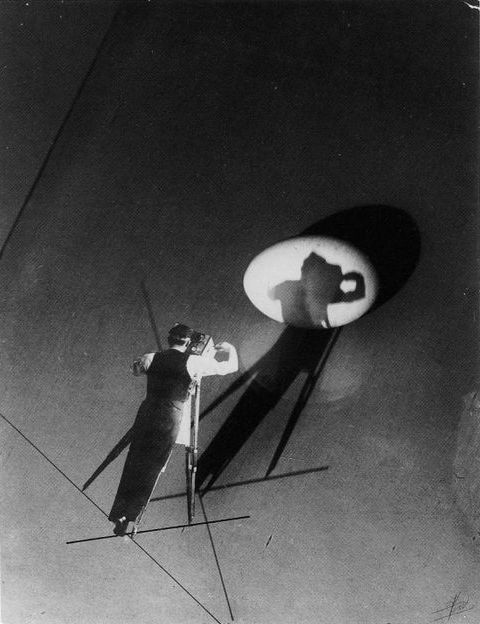


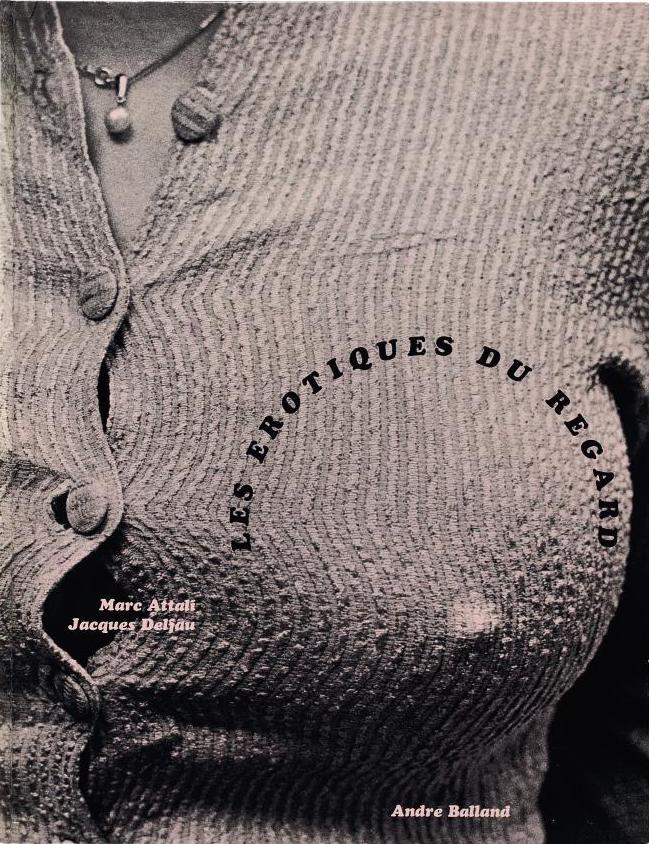

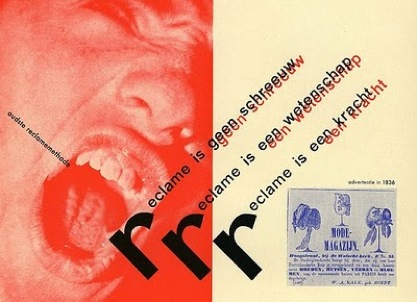
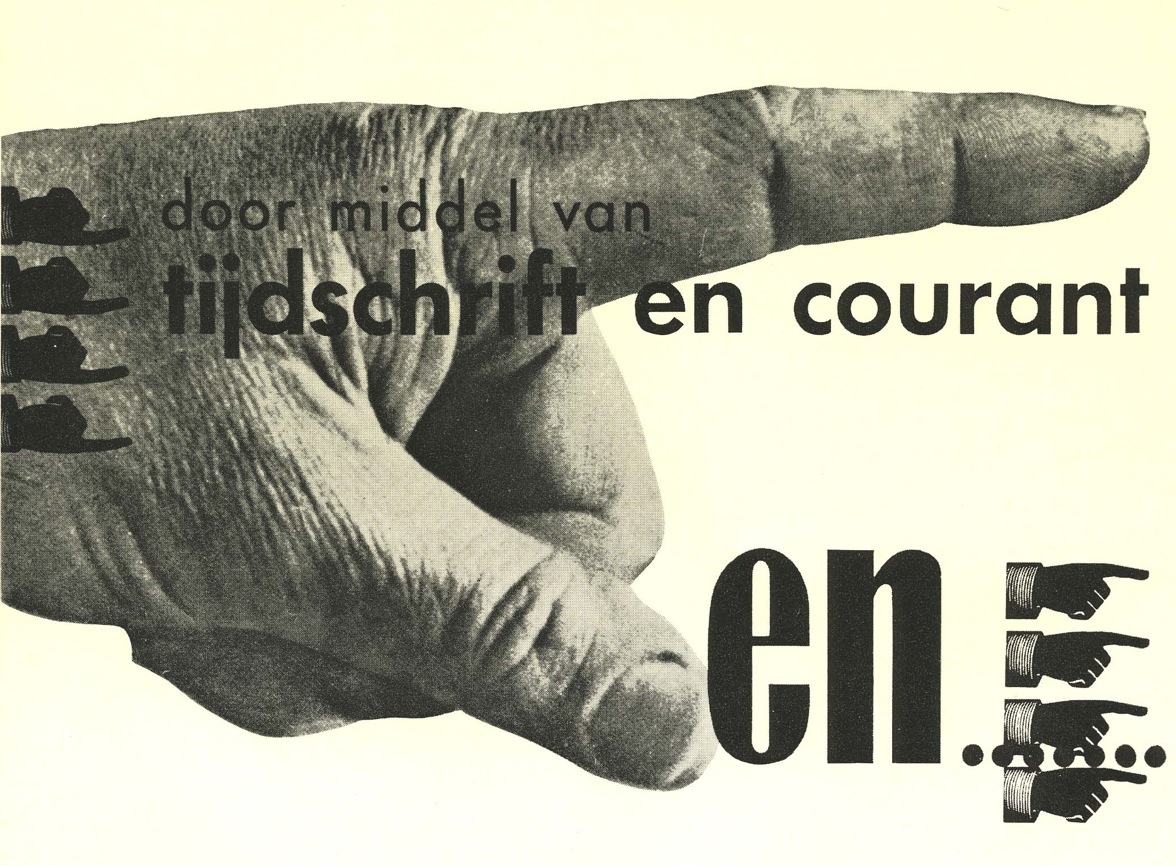
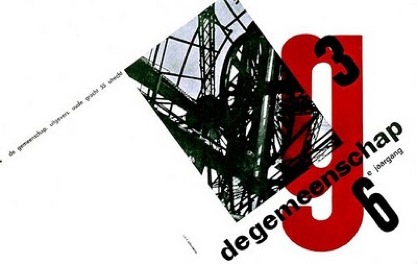



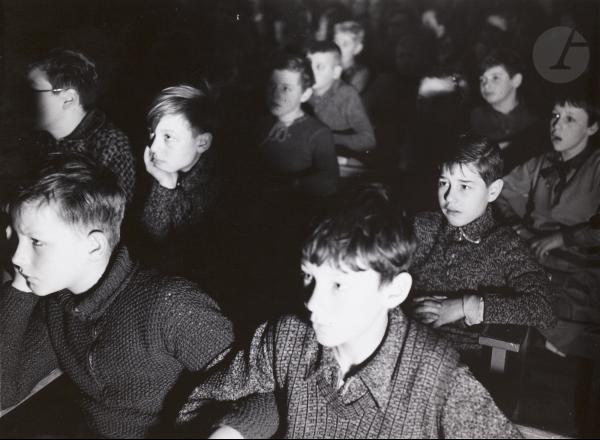



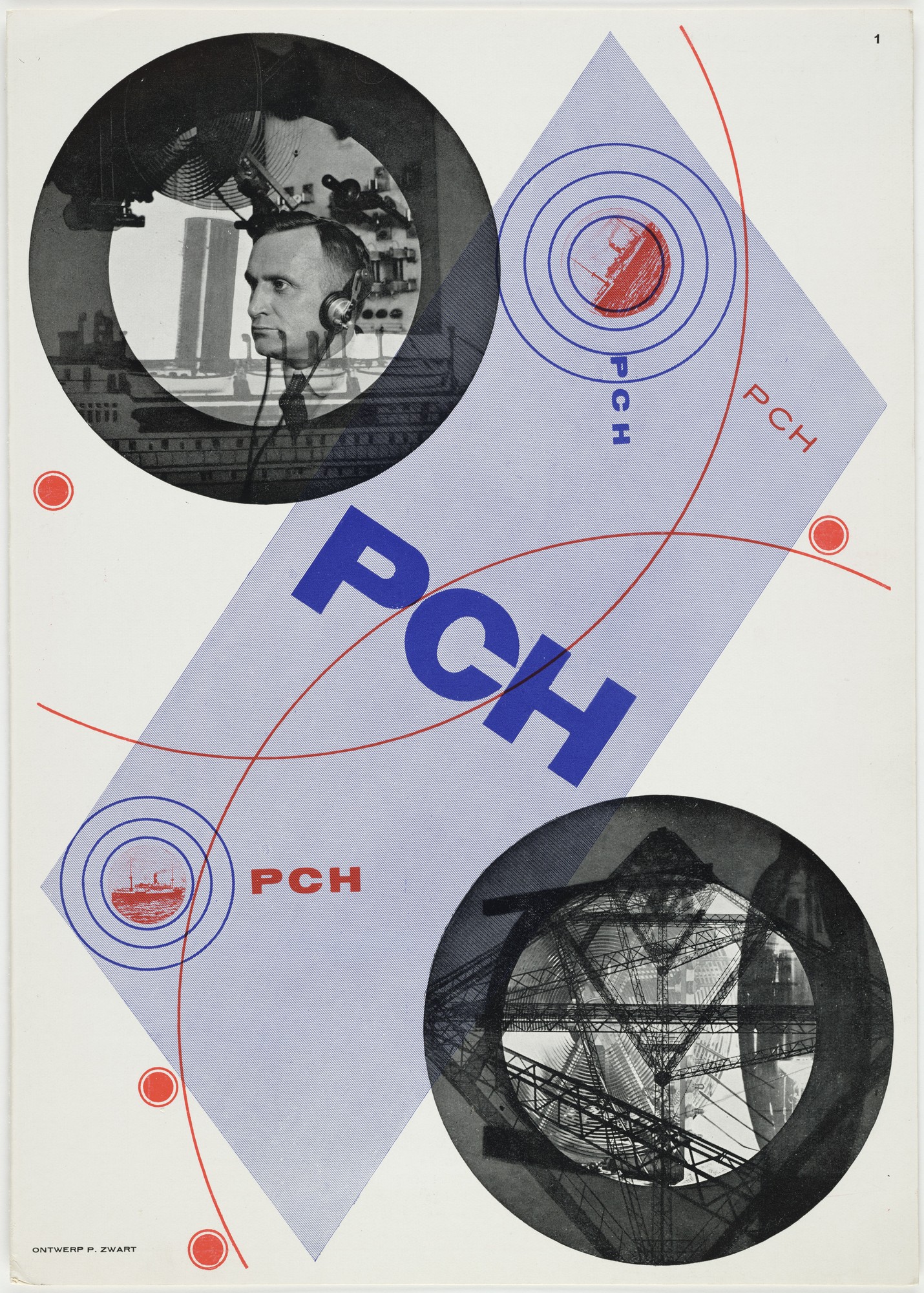



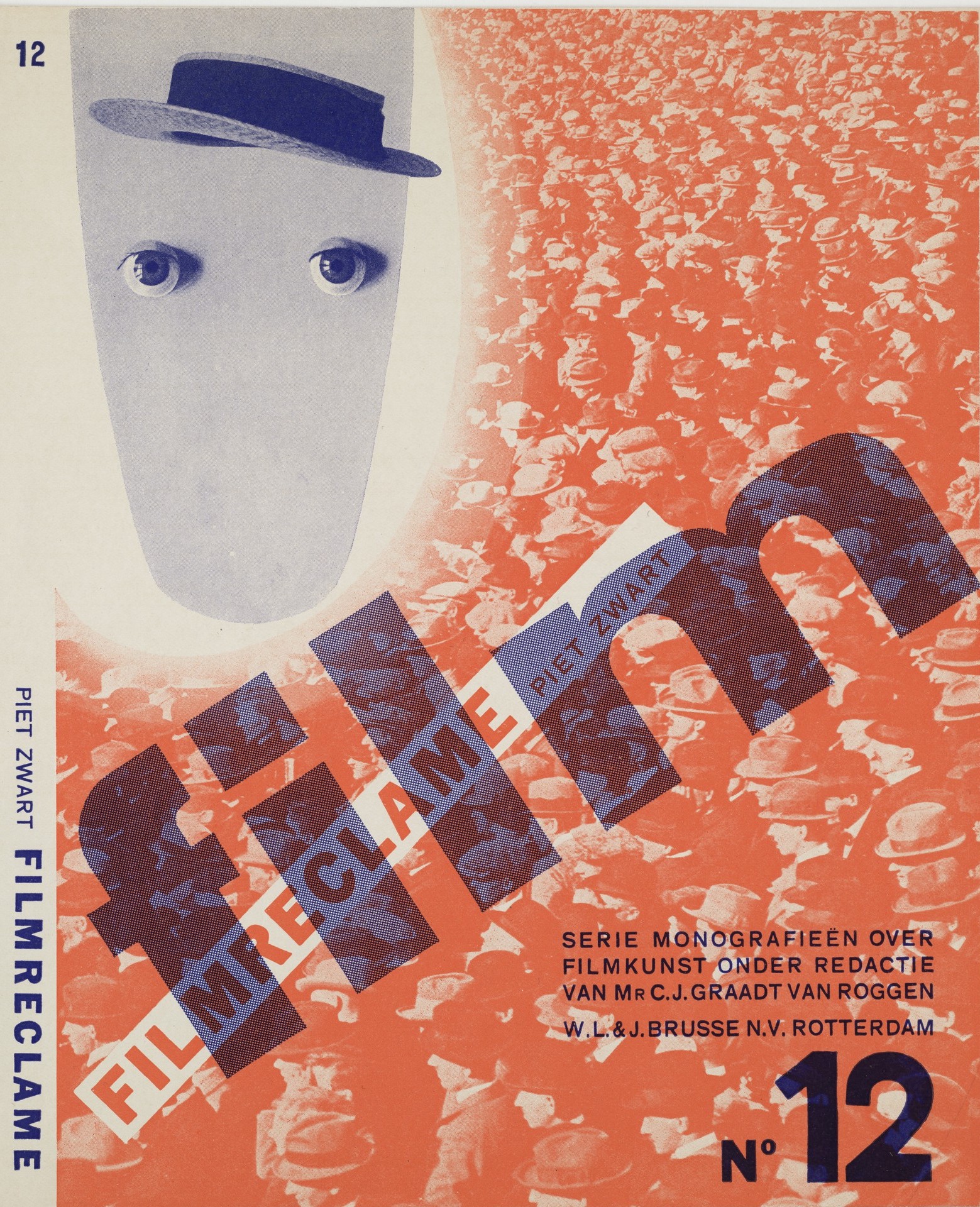
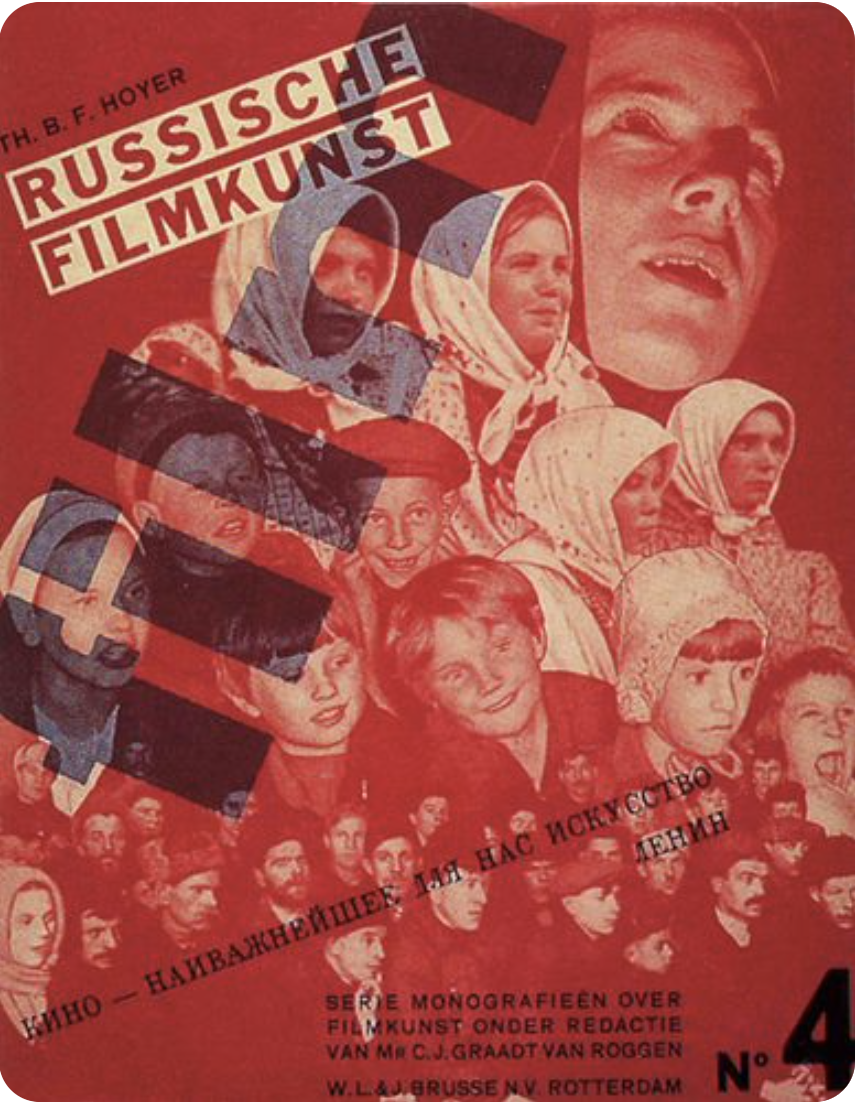


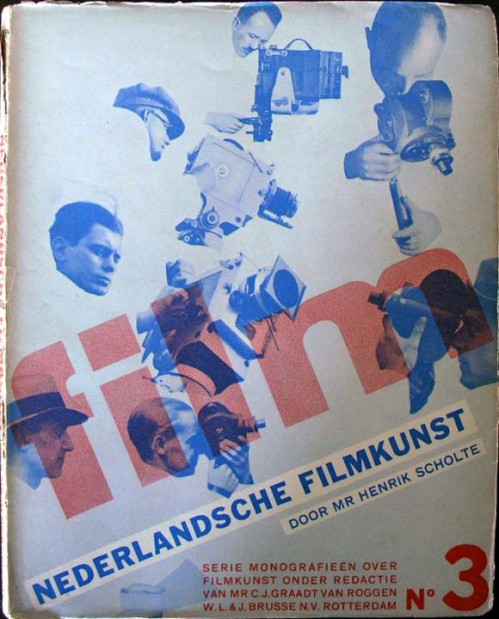


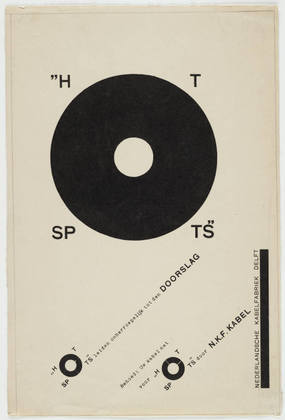
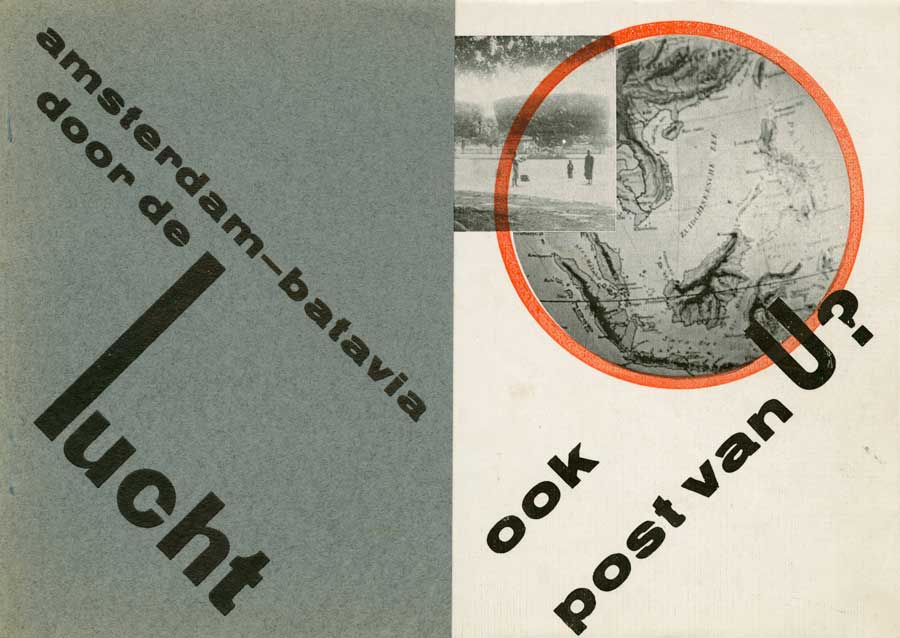




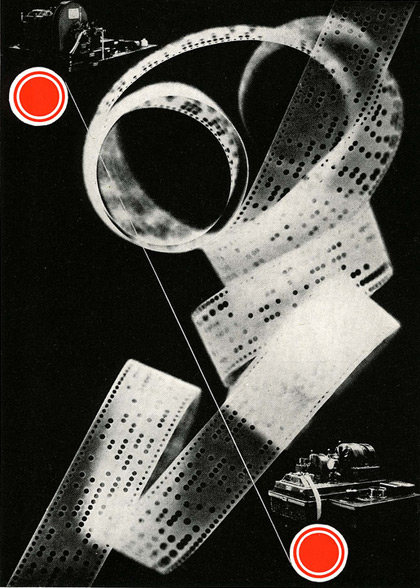
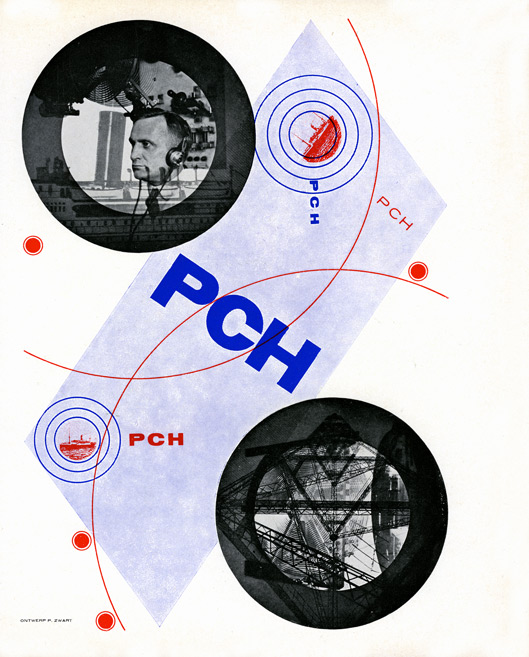




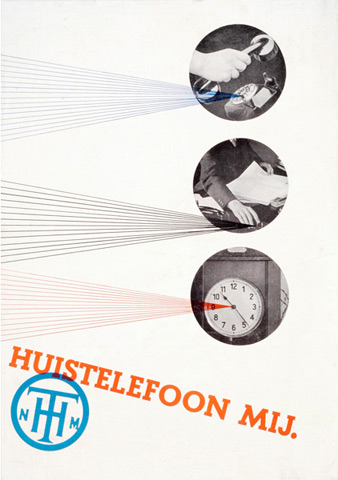





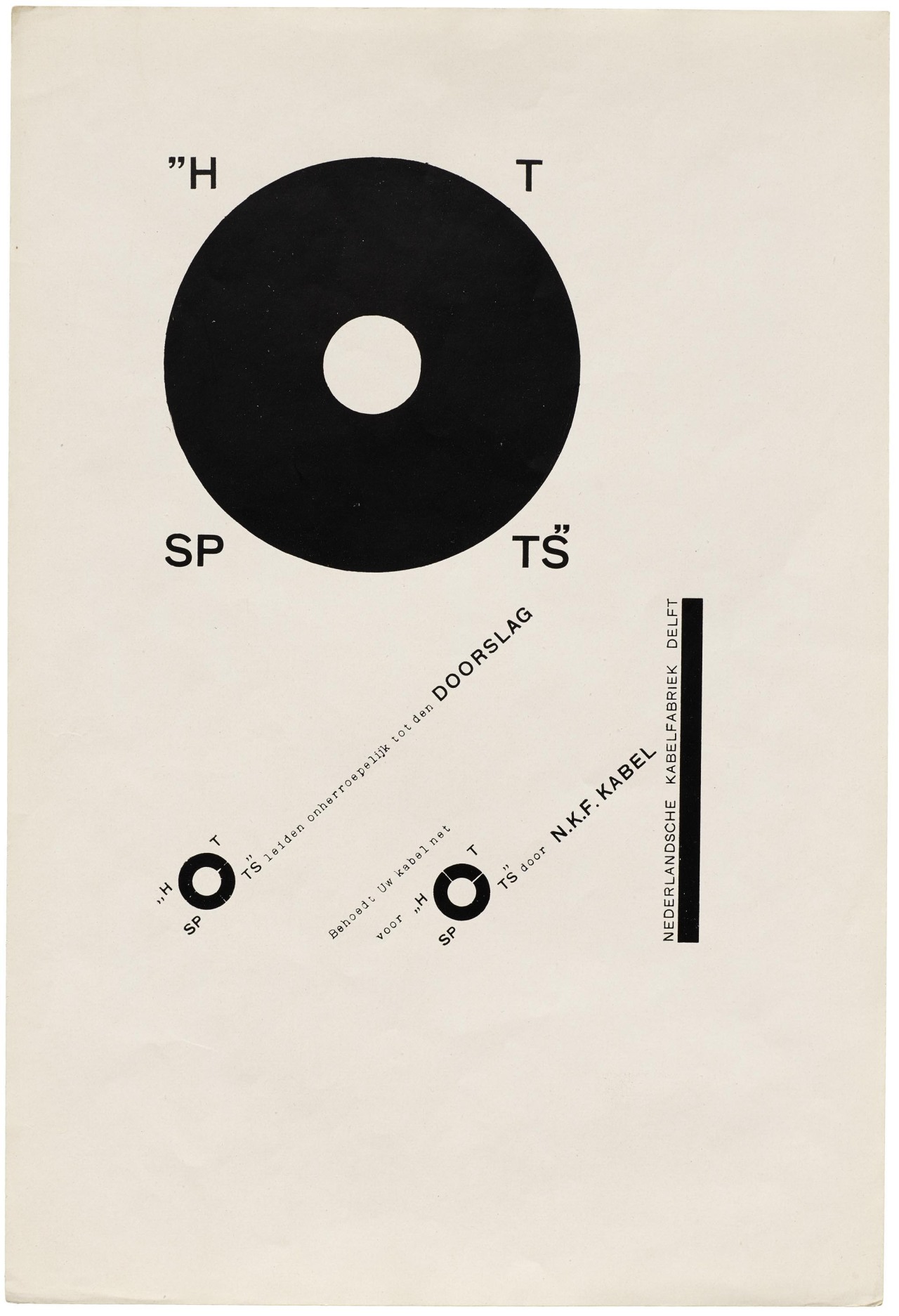
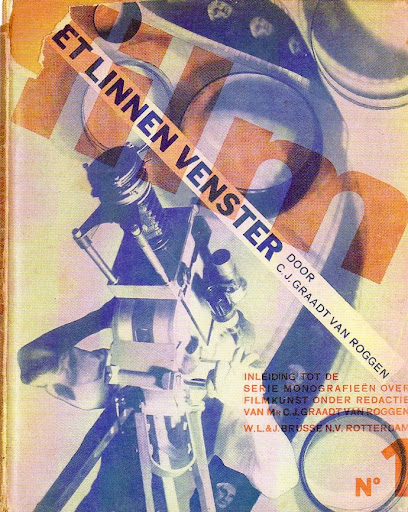
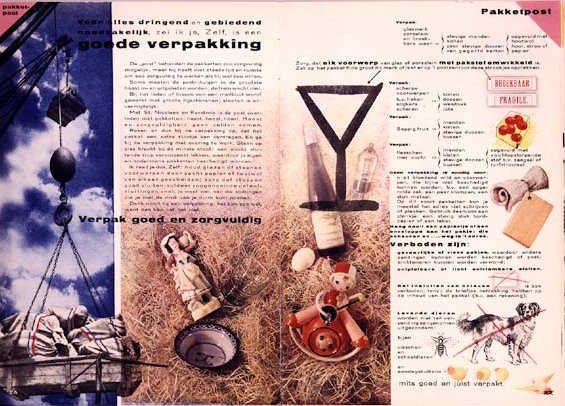
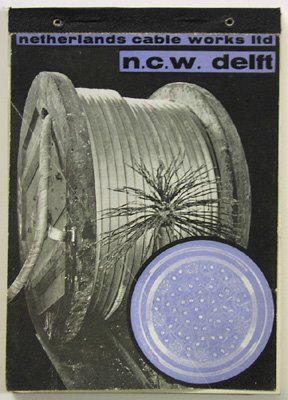



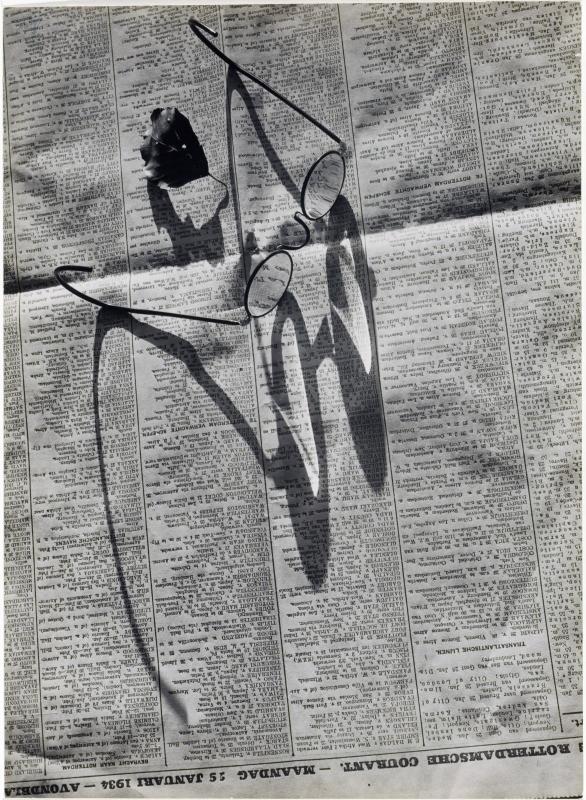







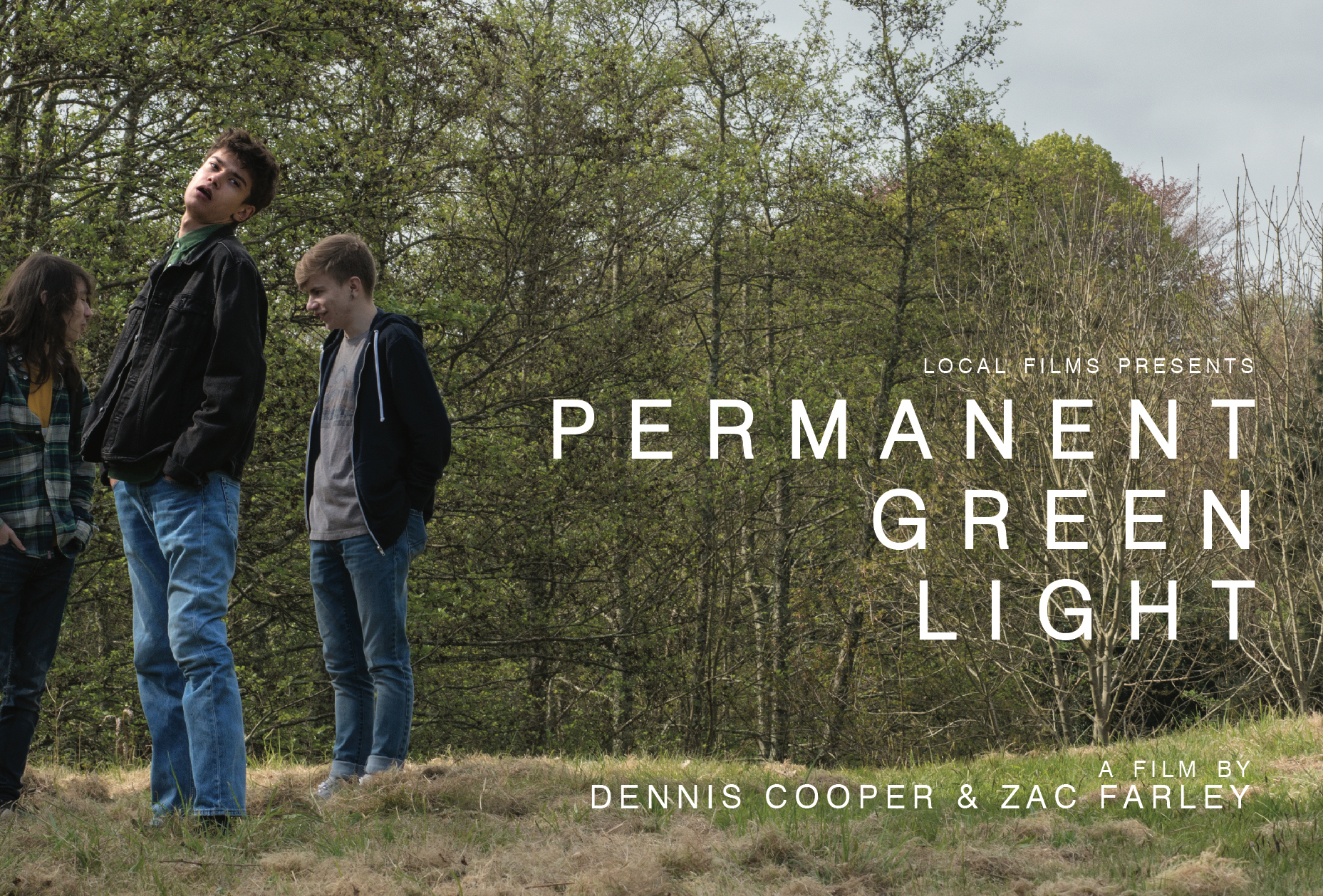 Now available in North America
Now available in North America 